
A TICKET TO THE MOON
By Charles Apple The Spokesman-Review
On this date 50 years ago, NASA launched three astronauts into space. Four days later, two of them would make history by becoming the first Earthlings to set foot on the moon. What may be one of mankind’s greatest technical achievements was a technological marvel that came to be called the Saturn V rocket.
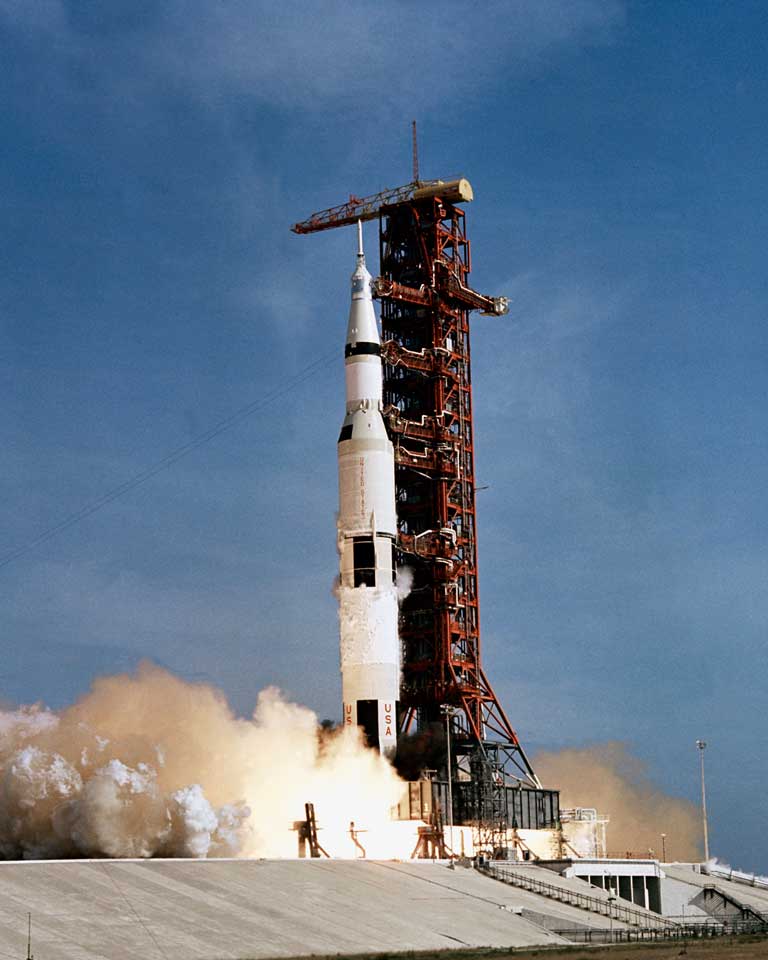
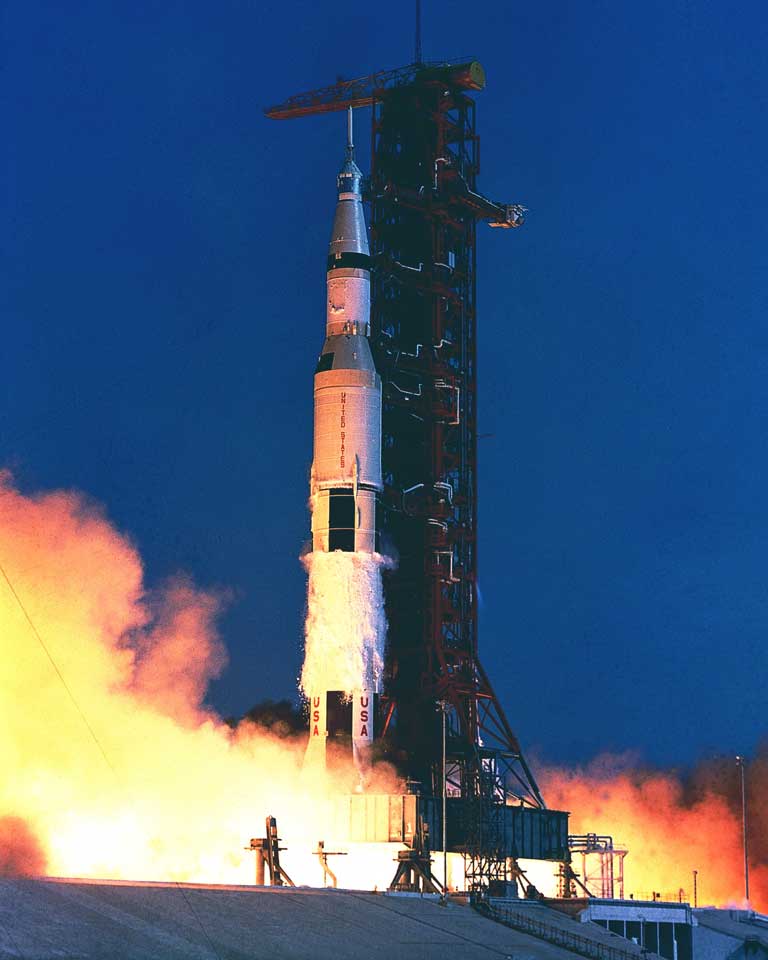
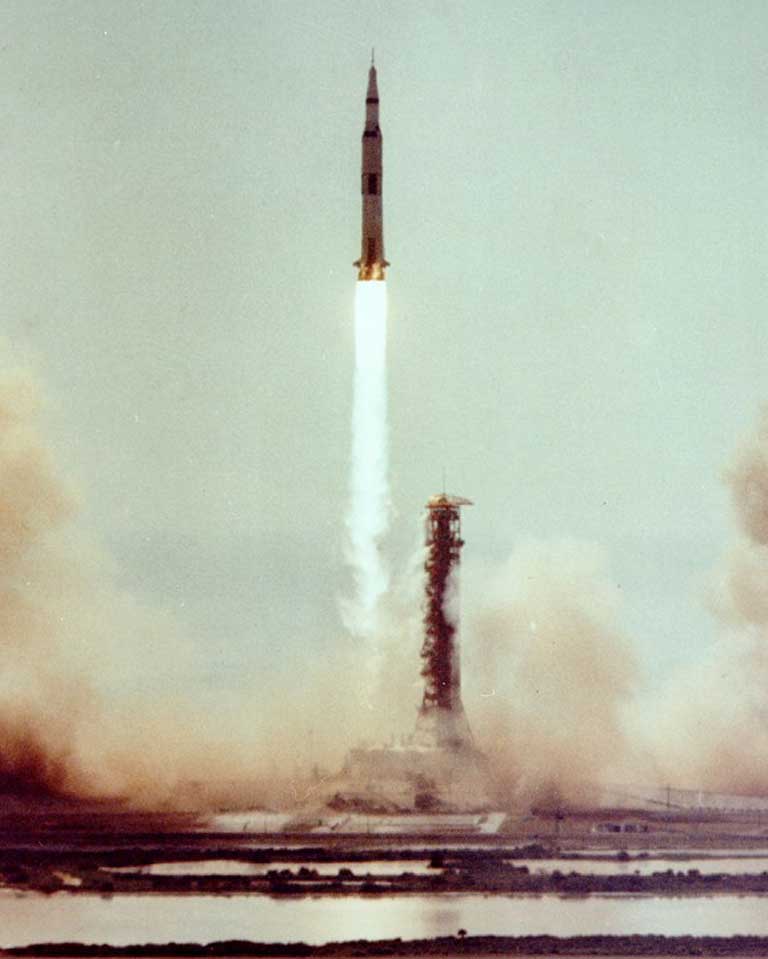
The man who figured out how to get to the moon
If not for Langley-based NASA engineer John Houbolt, getting to the moon before the end of the 1960s might have been a no-starter.
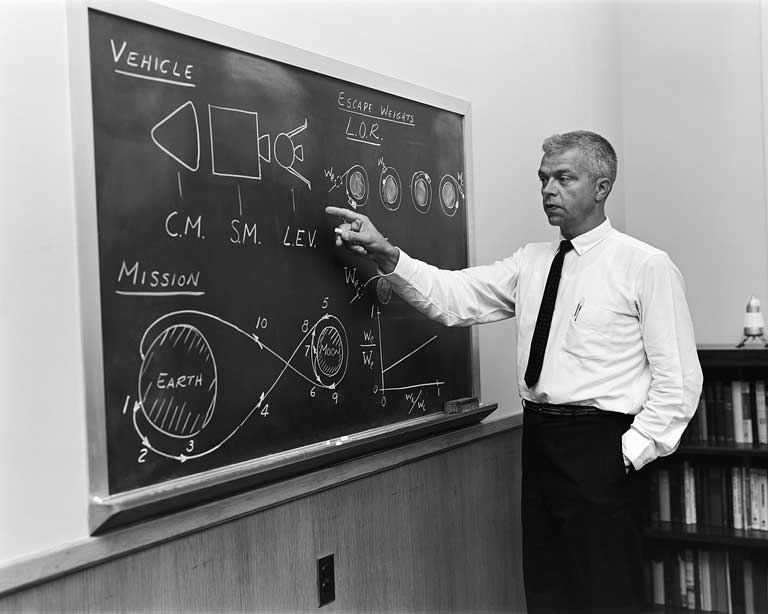
The original plan was for astronauts to blast off in a giant rocket and back that rocket down onto the lunar surface. NASA called this direct ascent.

After the astronauts finished their work on the moon, the rocket would blast off again and head back to Earth.
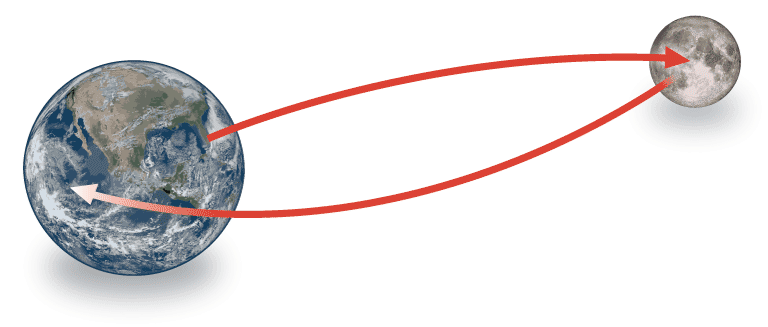
The plan seemed simple enough, but required a lot of brute force. Houbolt did the math and found the amount of fuel required to lift a giant rocket off the Earth and then again off the moon would have been enormous. He proposed a better way.
With lunar orbit rendezvous, or LOR, NASA would launch a spacecraft designed in small modules and then discard the used modules as they go.
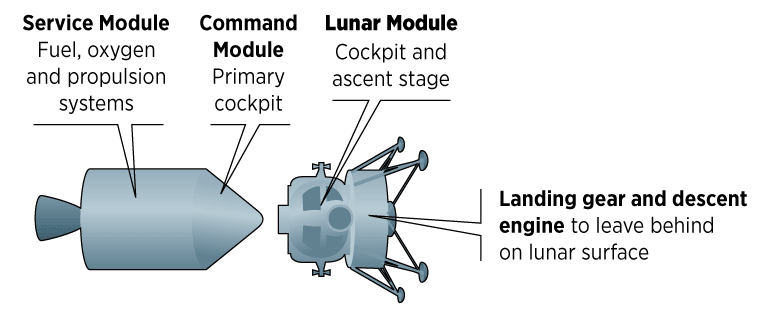
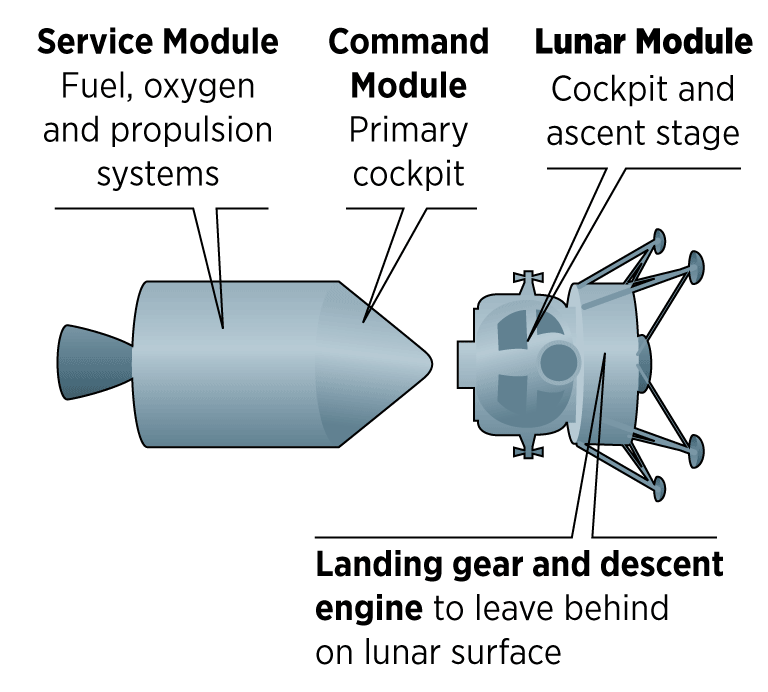
A landing module would carry two astronauts to the surface while one remained behind in orbit with the main spacecraft.
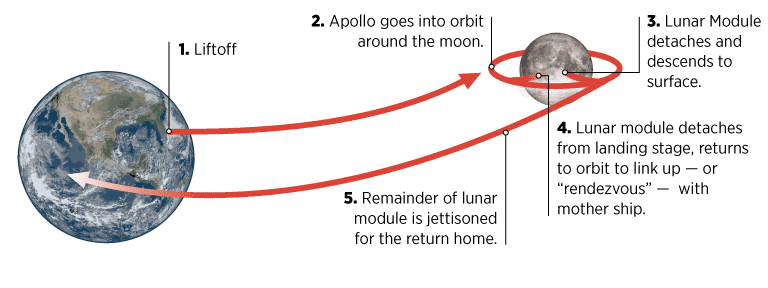

1. Liftoff
2. Apollo goes into orbit around the moon.
3. Lunar Module detaches and descends to surface.
4. Lunar module detaches from landing stage, returns to orbit to link up — or “rendezvous” — with mother ship.
5. Remainder of lunar module is jettisoned for the return home.
Upside: LOR used less fuel and wouldn’t require a launch vehicle larger than the Saturn V. This would cut years off the effort to reach the moon. Nor would it require multiple launches for a single mission to the moon.
Downside: This would require astronauts to rendezvous and dock in orbit around the moon. NASA would need to learn how to do this, which would require an interim step between Projects Mercury and Apollo. This would become the Gemini program.
Houbolt risked his career and the wrath of his supervisors by repeatedly pressing for lunar orbit rendezvous. By June 1962, Houbolt had convinced master rocket builder and influential NASA official Wernher Von Braun that LOR was the way to go.
Houbolt would be invited to sit in mission control during the Apollo 11 moon landing on July 20, 1969. He died in 2014 at age 95.
A software wizard
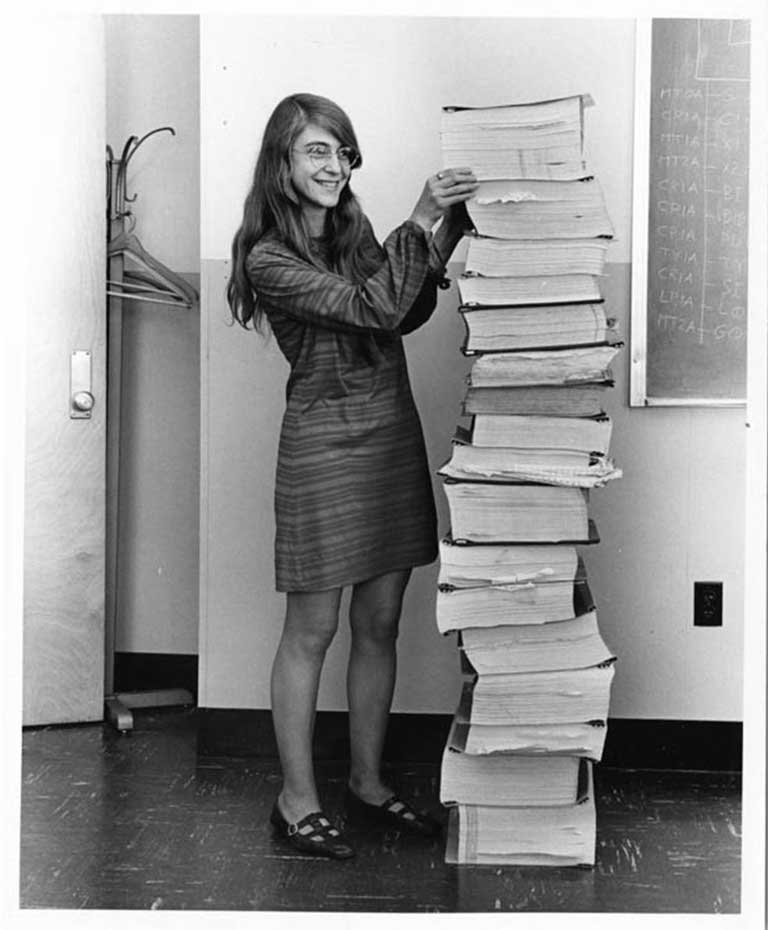
Another lesser-known — but equally important — hero of the Apollo 11 mission was Massachusetts Institute of Technology software engineer Margaret Hamilton, who led the team that wrote the code that allowed onboard computers to operate.
Pictured here, she stands beside that code, printed out and bound into volumes.
Just as Apollo 11 commander Neil Armstrong was nearing the surface of the moon in the Lunar Module, the computer flashed an alarm: “1201.” This meant the processor was overloaded and was having to delay some tasks. Mission controllers recognized the warning and sent word for Armstrong to continue his landing approach.
So the computer flashed a minor alarm — as opposed to freezing up or crashing completely, like desktop computers commonly do today. This was intentional on Hamilton’s part.
“There was no second chance,” Hamilton said. “We knew that.”
In 2016, Hamilton would be awarded the Presidential Medal of Freedom from President Barack Obama.

